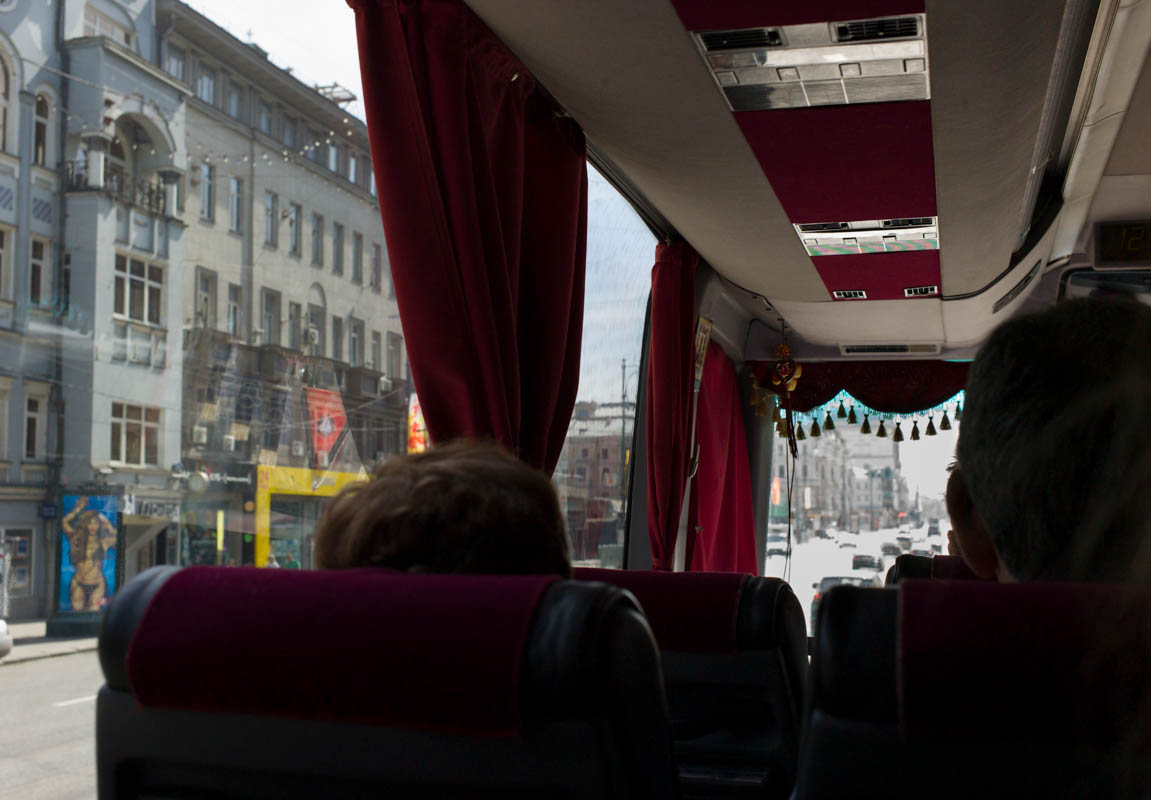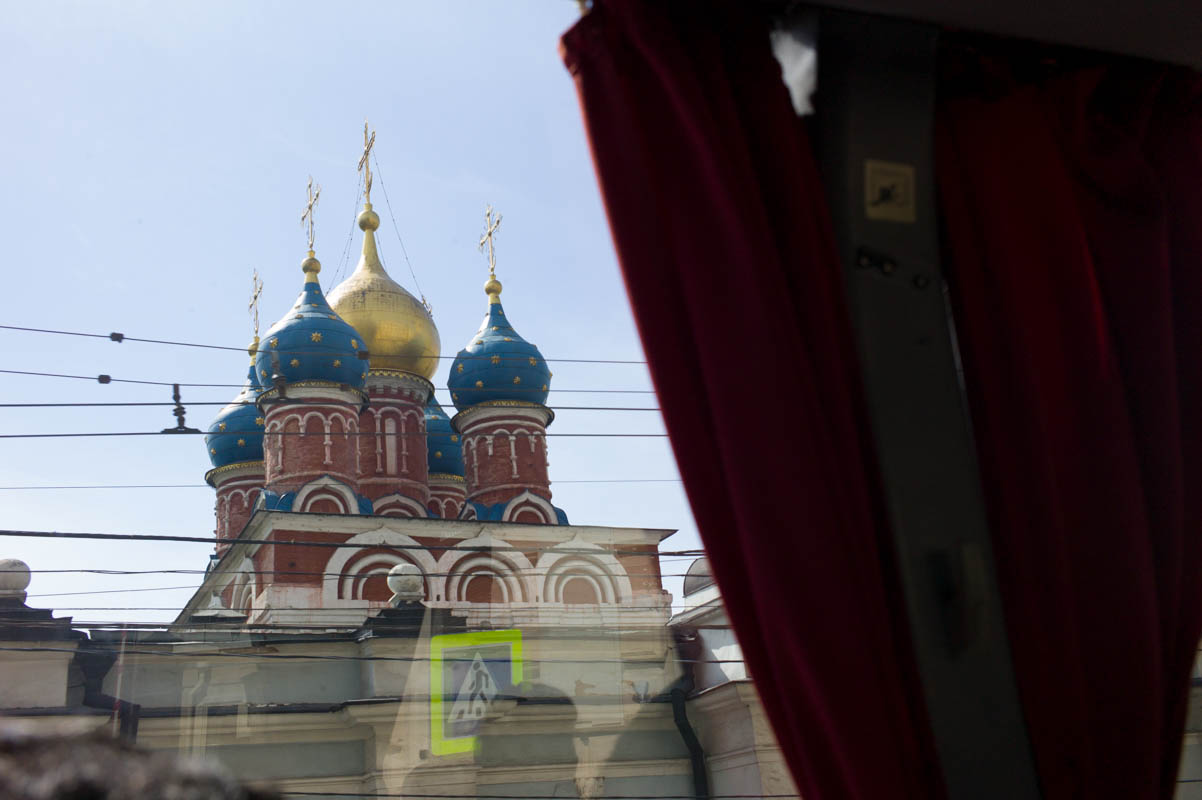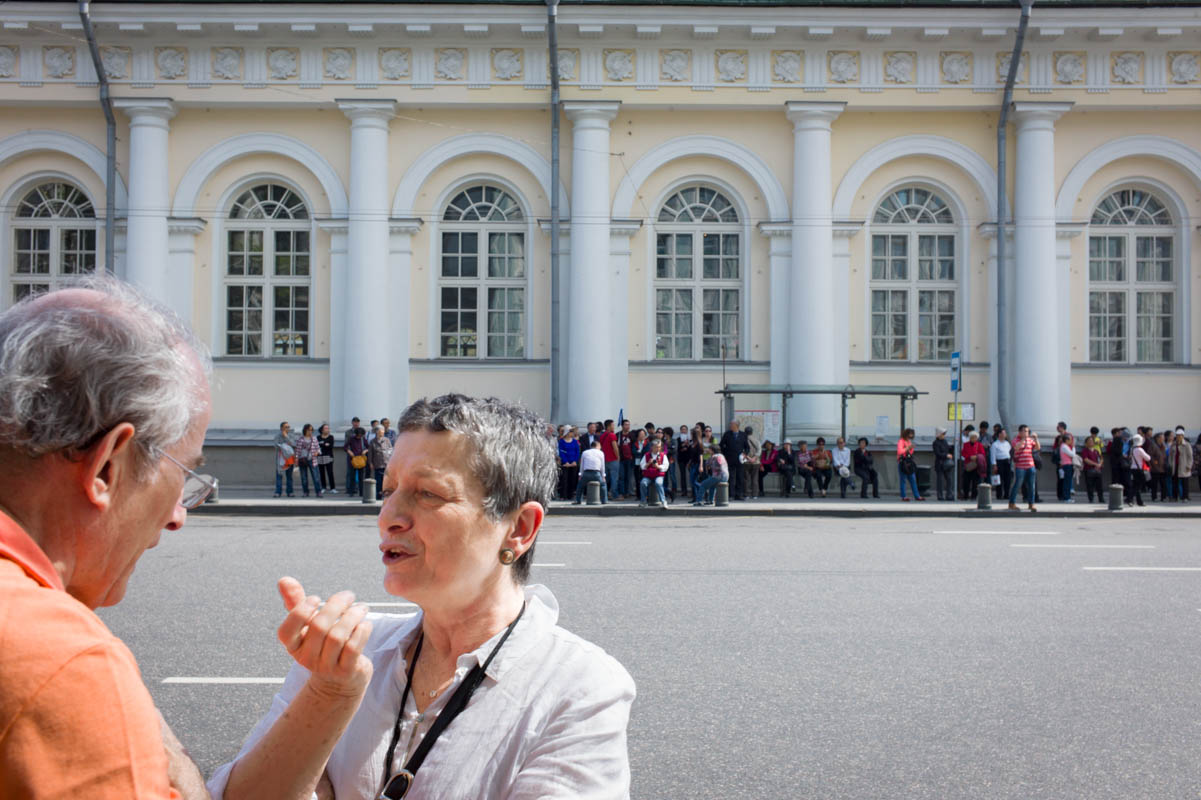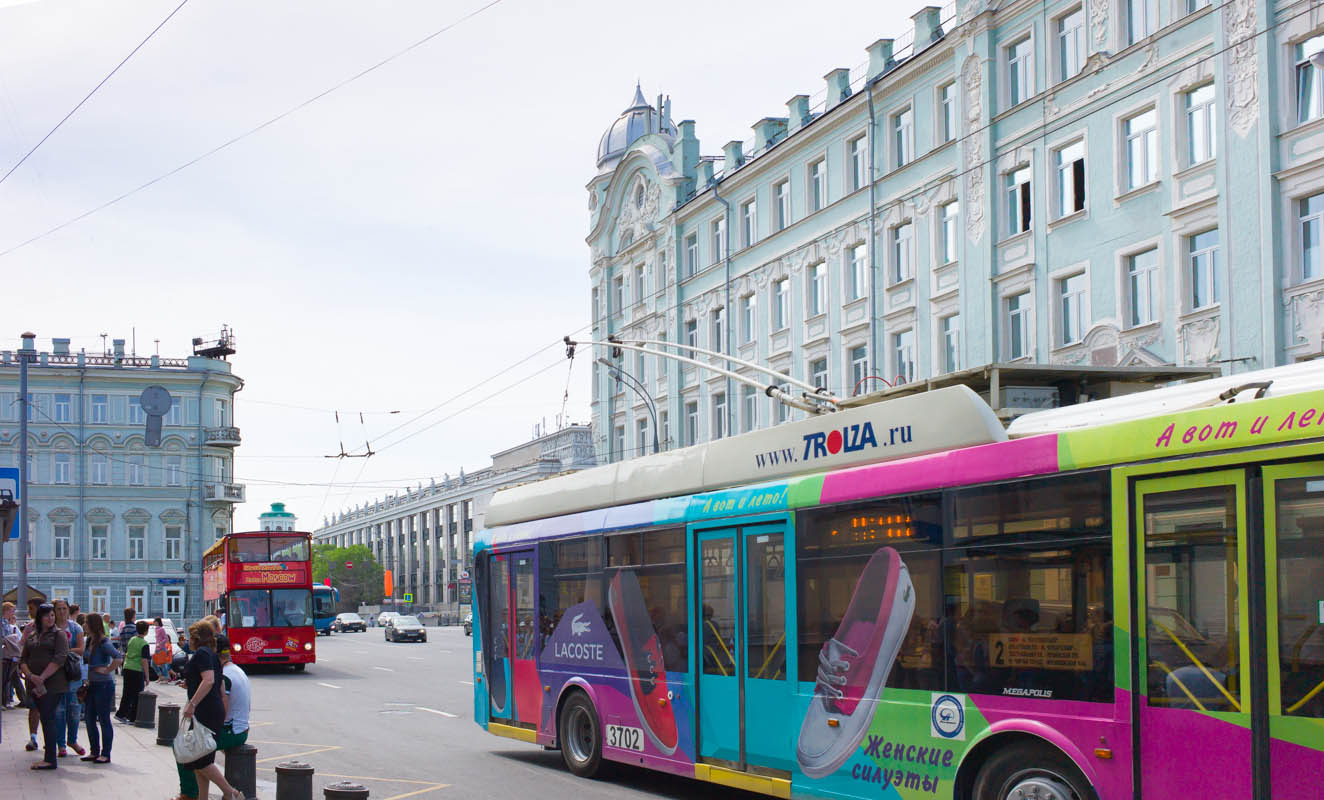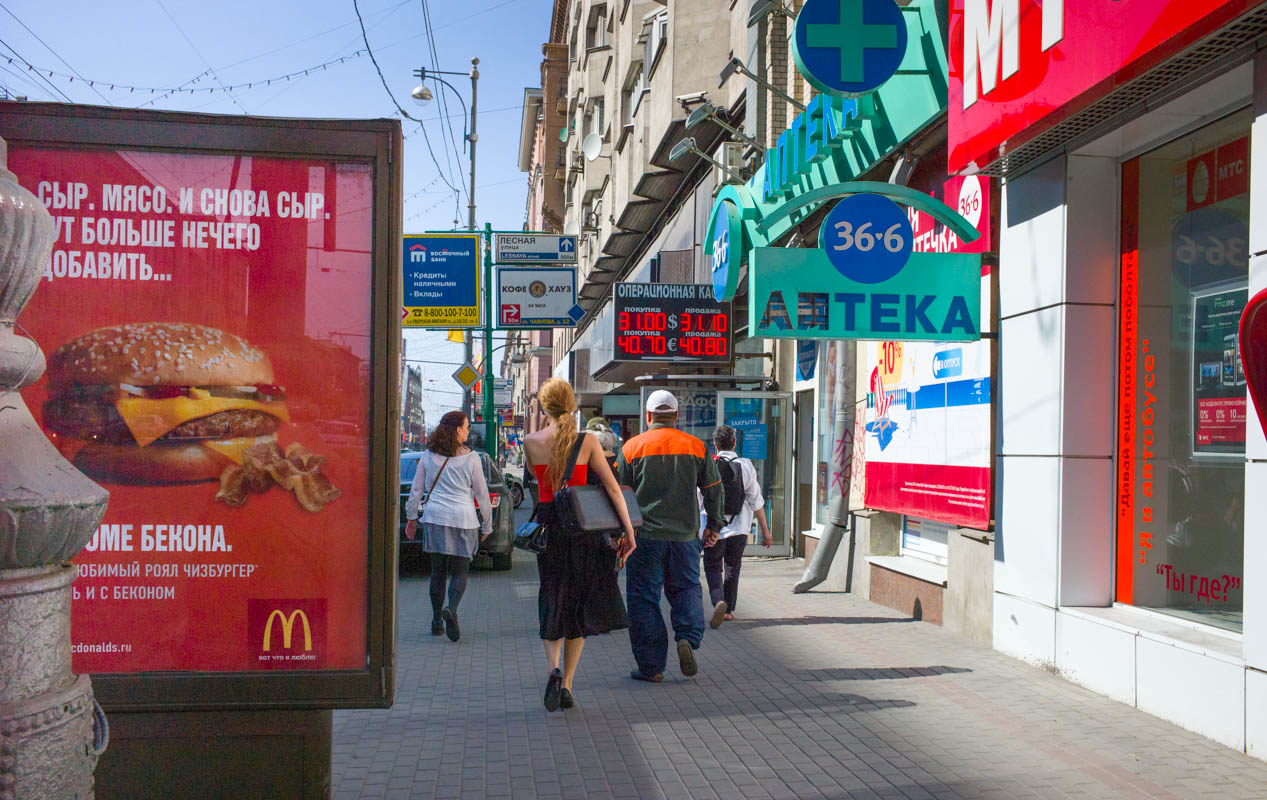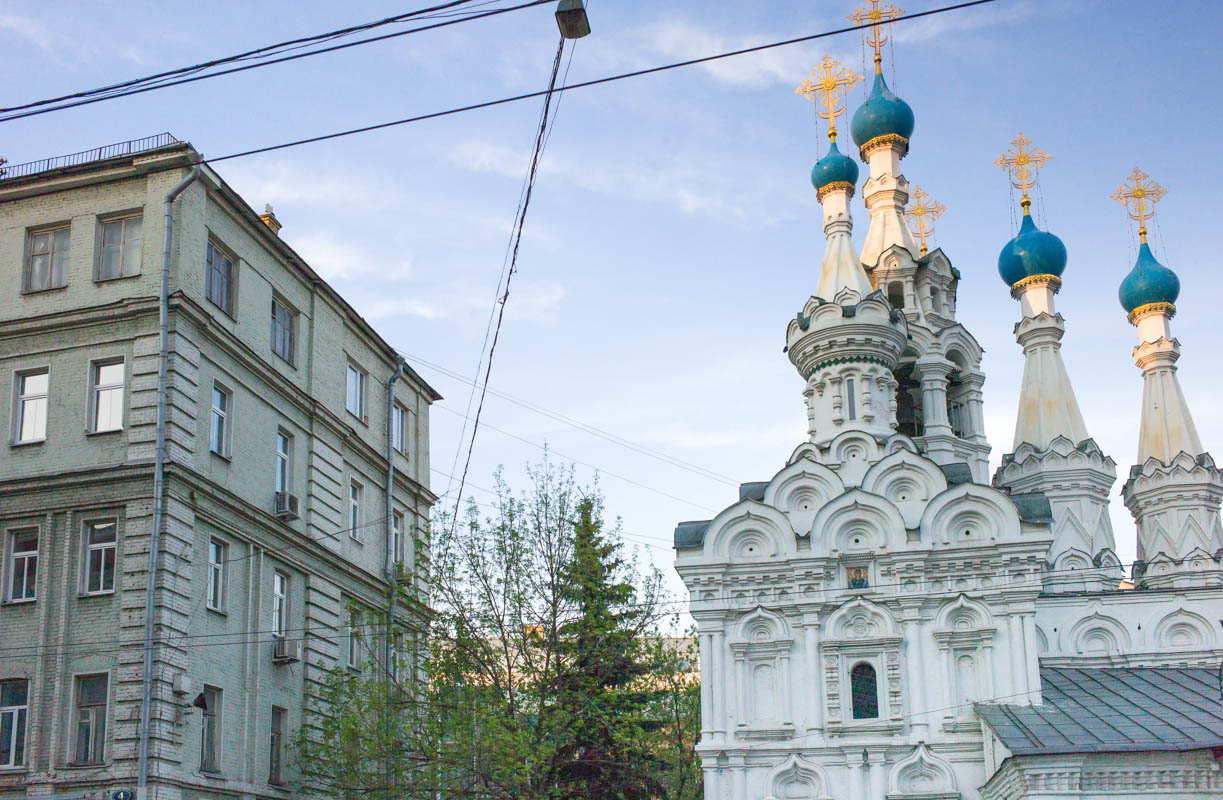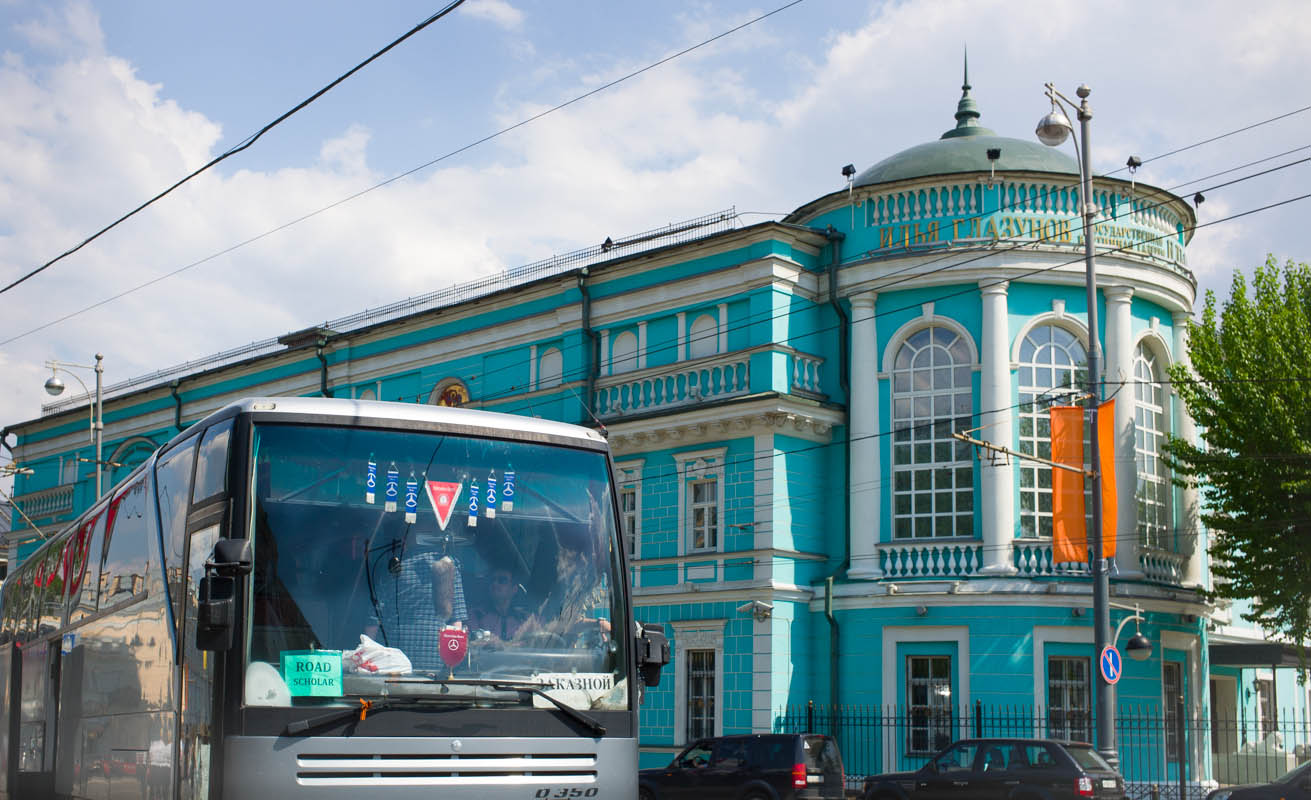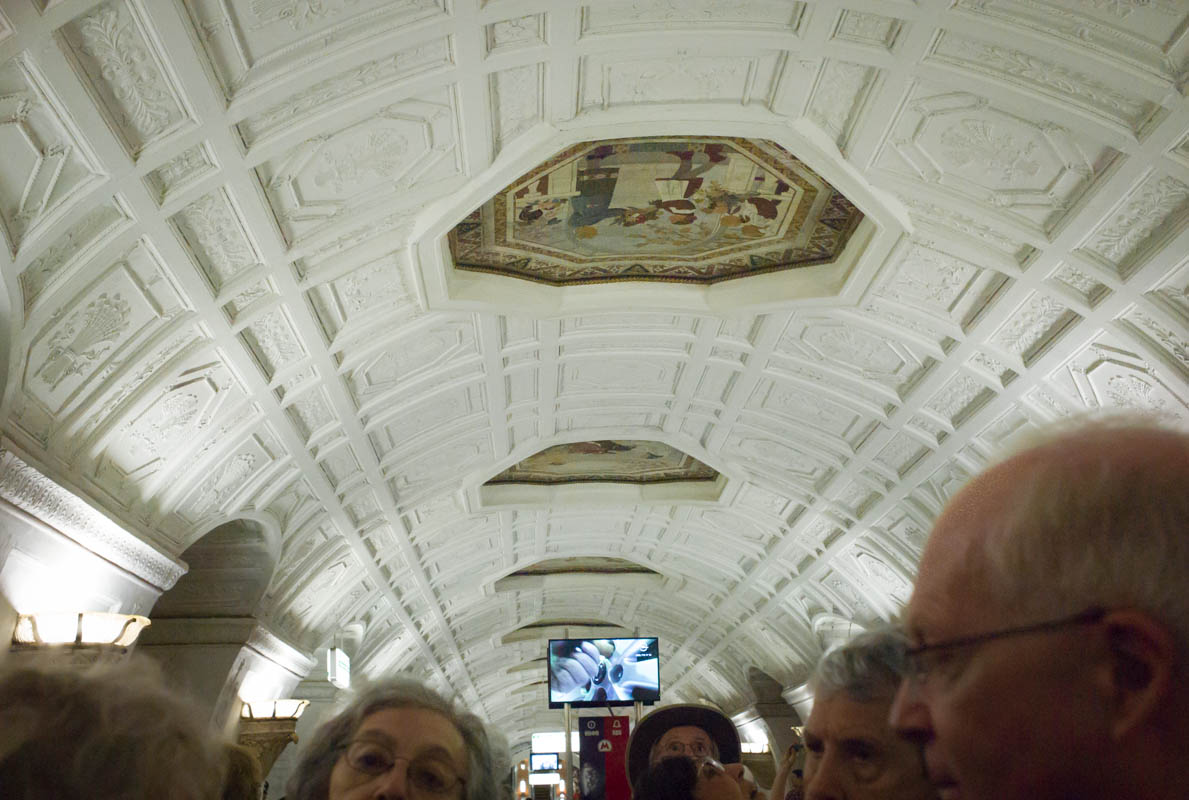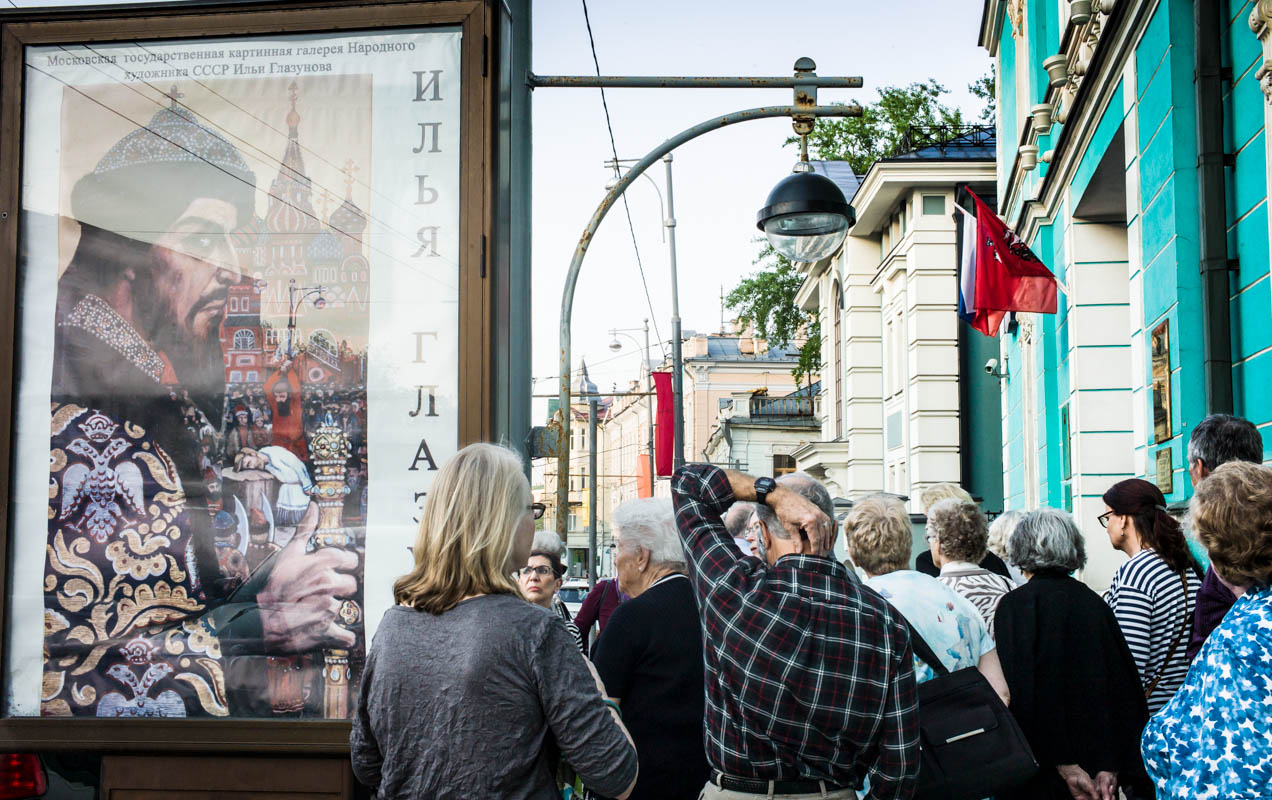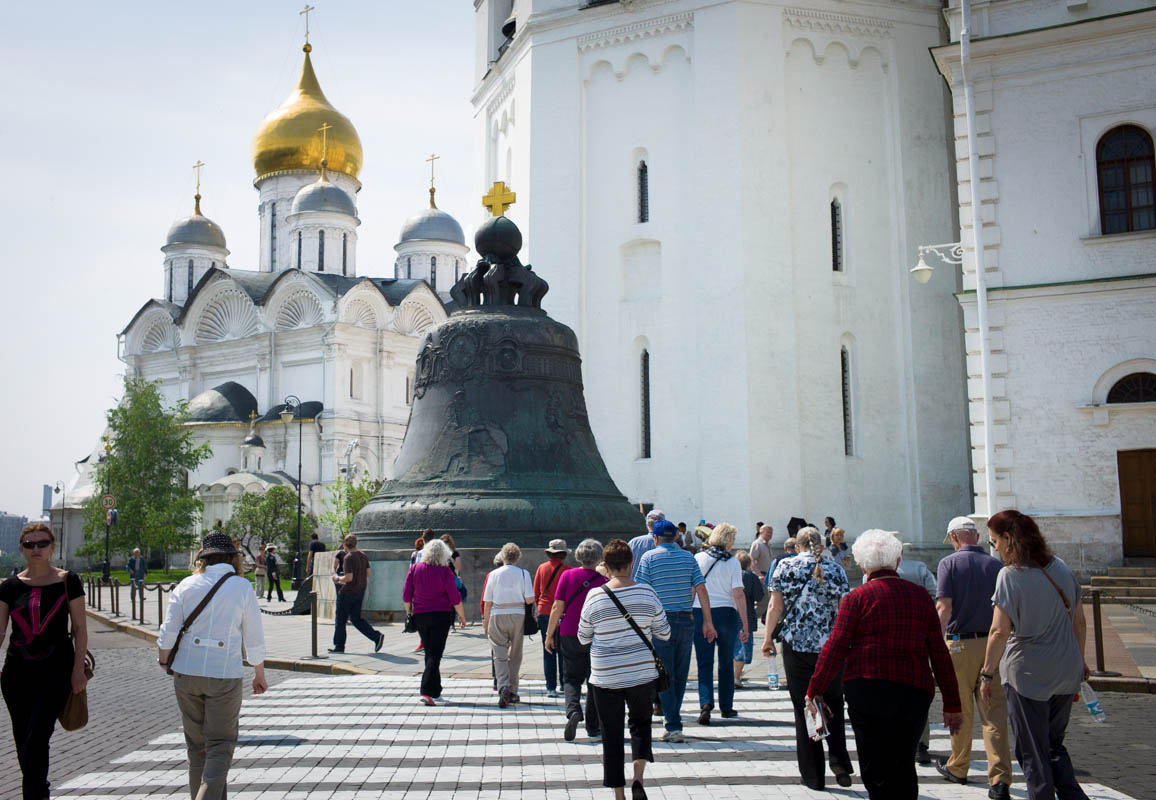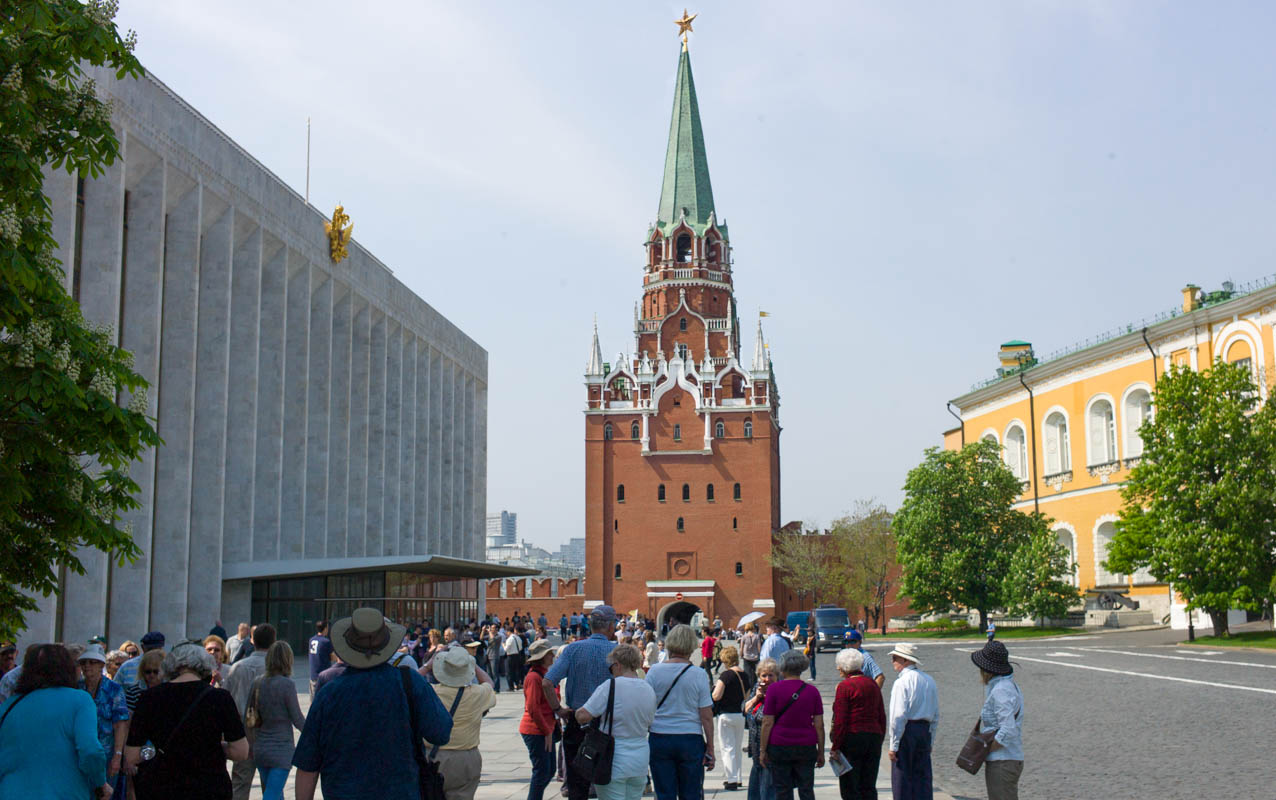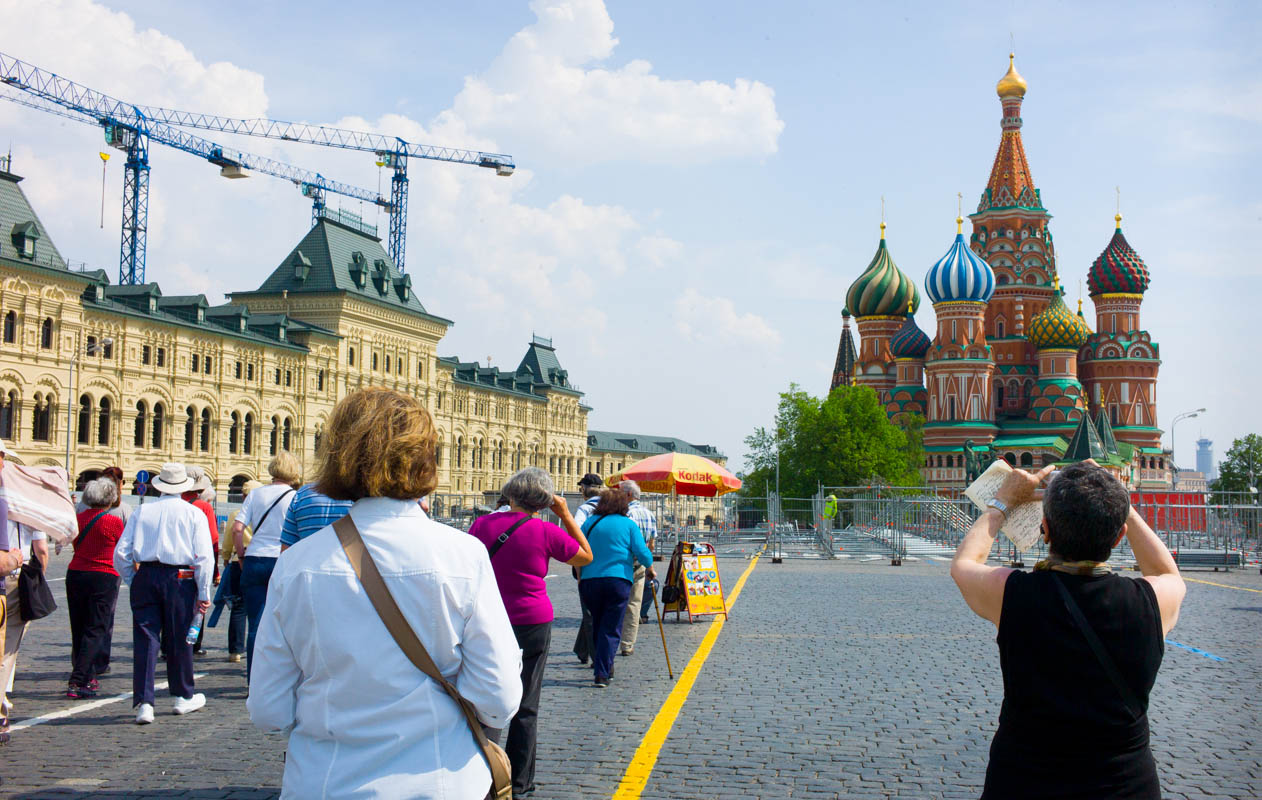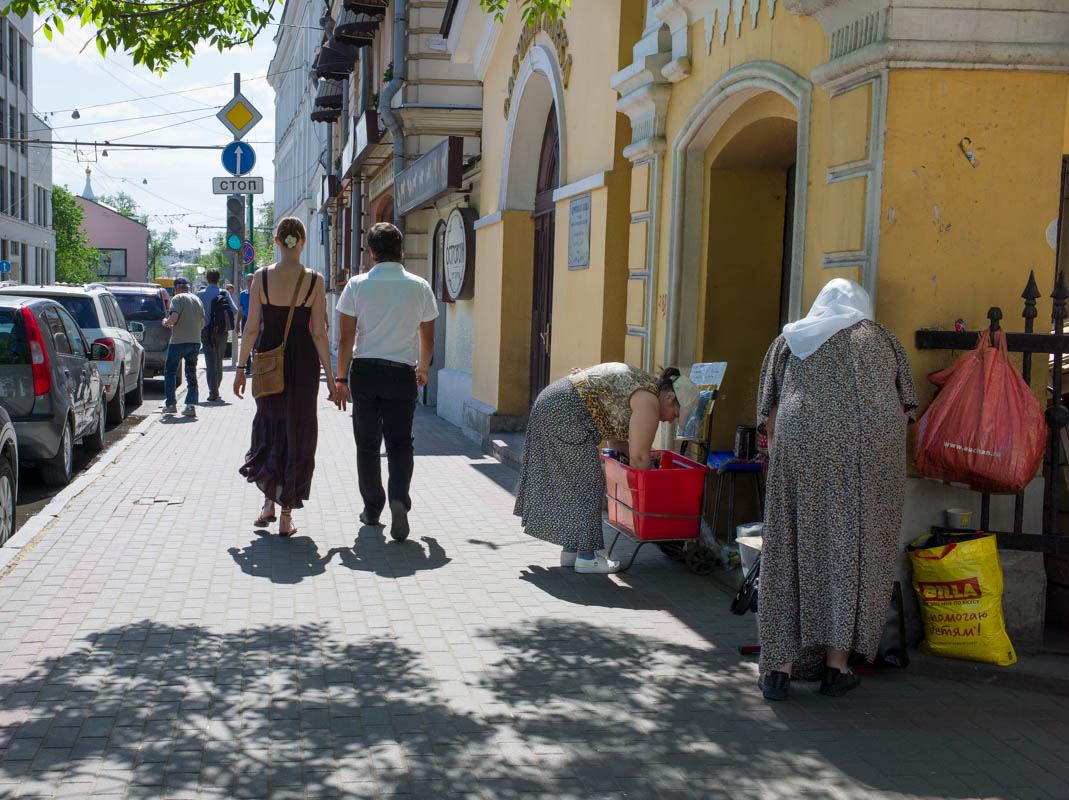Moscow visit 2013
………………….
Introduction
………………….
The 21st century was well launched when we visited Russia in the Spring of 2013. It surprised us that the cities we visited, Moscow and St. Petersburg, seemed so tied to the past, albeit in very different ways; Moscow to a more recent past, St. Petersburg, more distant, but neither fully present in the modern world.
Moscow seemed oppressively trapped in Stalinist heaviness. The dour, blocky architecture of the housing developments, the Duma, the Lubyanka and the neo-baroque coldness of the Seven Sisters, their stones exuding an atmosphere of paranoia and repression, made the days seem gray, even though the weather was mild and sunny. The gilded domes, opulent cathedrals, the artistic and cultural treasures felt hidden behind these concrete barriers, off limits to the regular populace, the workers, the religious. The marvelous and startling exception: the Metro. Magically bright, filled with glorious mosaics, bronze sculptures, and massive chandeliers, with marble floors clean enough to eat off, it seemed one of the few real gifts offered the ordinary citizenry. We saw very few beggars, no obvious evidence of inequity but we felt it. We learned of the difficulty in obtaining housing, the crowding, the disproportionate distribution of wealth and the political repression, but Moscow has a bland and impenetrable facade. We saw no evidence of the billionaires either (there are 99 in Russia and 70 live in Moscow), but Muscovites obviously yearn for the modern: when the first McDonalds opened in 1990, 5,000 people waited all night to be admitted.
St Petersburg, beautiful and elegant, was immediately more inviting. We admired its grand avenues, its freshly painted ornate and palatial public buildings and the lovely canals bisecting the city. Our guides proudly told us it was “the Venice of the North” and we agreed. The churches! The cathedrals! The island fortresses! Inescapably, though, it is a reminder of and monument to the Czars. Every attraction reflects their wealth and centrality, with the Romanoffs especially on offer for their visitors veneration. Though St Petersberg was spotlessly clean and its population so much more chic than Moscow’s, we saw evidence of poverty and disarray. And the echoes of the staggering inequity that prompted the Revolution knocked you sideways when visiting the summer residences of the Czars. The Baroque and overwhelmingly opulent Catherine Palace and Versailles-like gardens with their grand cascade of fountains stressed the alternate reality inhabited by the staggeringly wealthy and the desperately poor.
That failed experiment of social justice and equality, sadly so much less interesting and seductive than this gorgeous display of excess.
Then and now: so different and yet not.
Eda Rak, 2020


